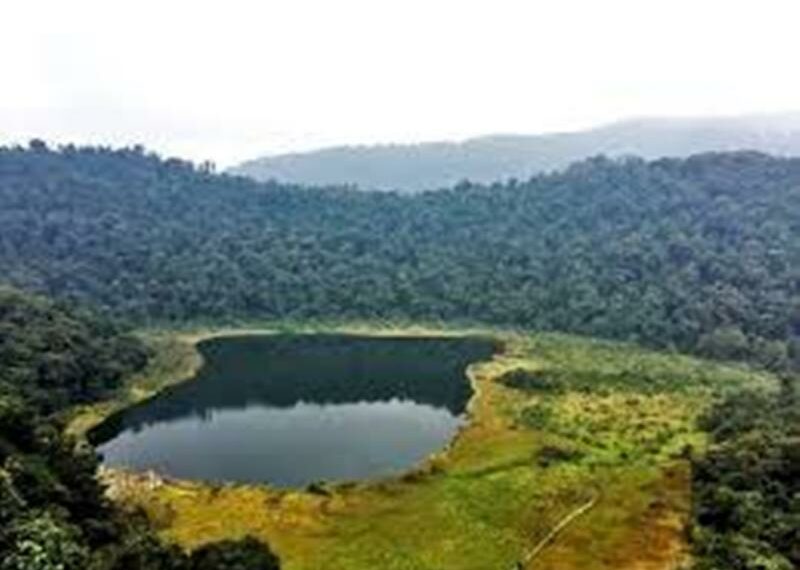Guwahati: The Ministry of Environment, Forest and Climate Change has announced the addition of four new Ramsar sites in India.
This was announced by the ministry ahead of World Wetlands Day on 2nd February.
The inclusion of new wetlands brings the total number of globally recognized wetlands in the country to 89.
The newly designated Ramsar sites include Sakkarakottai Bird Sanctuary and Therthangal Bird Sanctuary in Tamil Nadu, Khecheopalri Wetland in Sikkim, and Udhwa Lake in Jharkhand.
This marks a significant milestone for Sikkim and Jharkhand, as they have secured their first-ever Ramsar sites.
Originally known as Kha-Chot-Palri, meaning “the heaven of Padmasambhava,” this lake is located near Khecheopalri village in West Sikkim. It is considered sacred by both Buddhists and Hindus and is believed to be a wish-fulfilling lake. The local name for the lake is Sho Dzo Sho, which means “Oh Lady, Sit Here.” The lake drains water from the Ramam watershed, named after the Ramam mountain.
India ranks third globally with 89 Ramsar sites, after the United Kingdom (176) and Mexico (144). India also has the highest number of Ramsar sites in Asia.
Over the last decade, India’s Ramsar sites have increased to 89, with 47 sites added in the last three years.
With a total of 20 Ramsar Sites, Tamil Nadu has now become the Indian state with the maximum number of Ramsar sites.
The inclusion of these wetlands under the Ramsar Convention is expected to enhance conservation efforts, improve biodiversity protection, and promote sustainable management practices.
According to the Ramsar Convention on Wetlands, wetlands are defined as areas of marsh, fen, peatland, or water, whether natural or artificial, permanent or temporary.
ALSO READ: Manipur govt steps up conservation efforts for Loktak Lake
They include areas with static or flowing water, fresh, brackish, or saltwater, including marine areas where the water depth at low tide does not exceed six meters. Wetlands are transitional zones between terrestrial (land) and aquatic (water) ecosystems.















